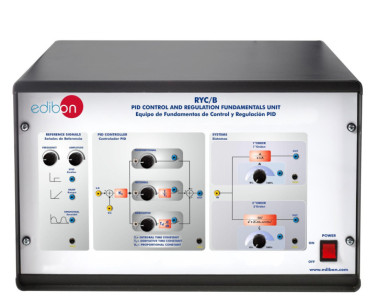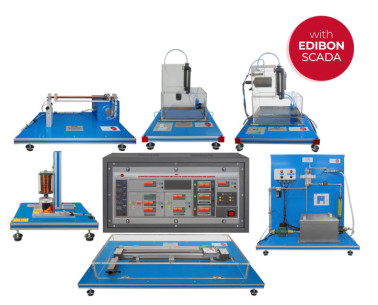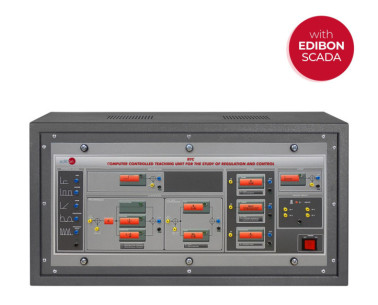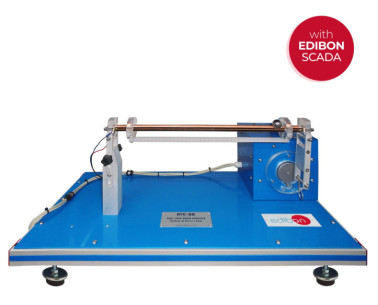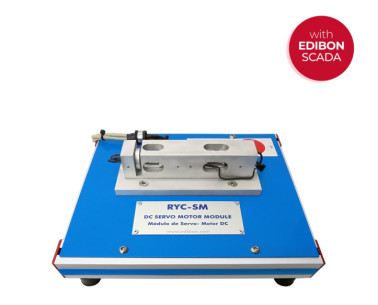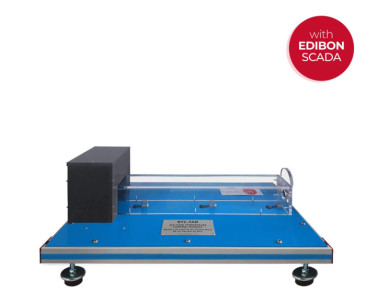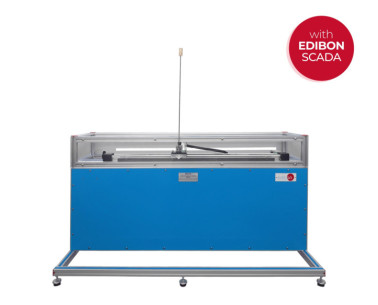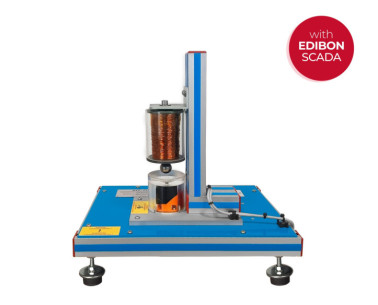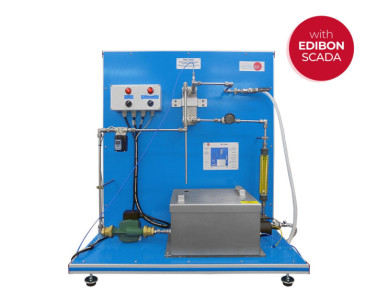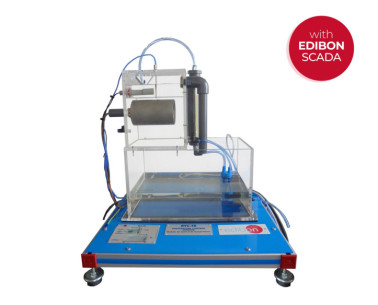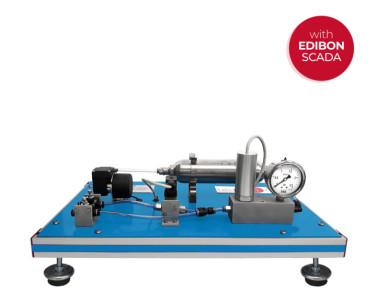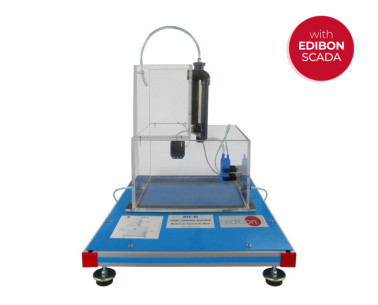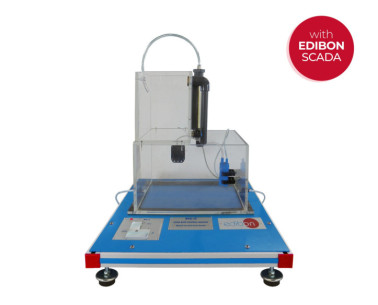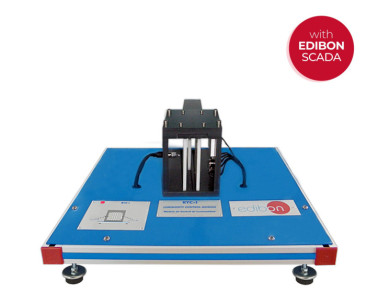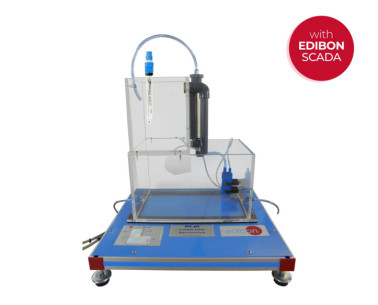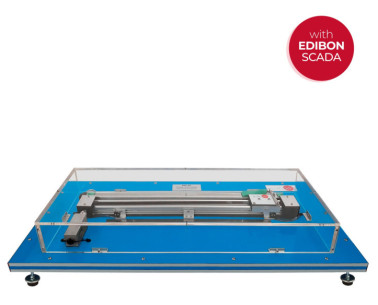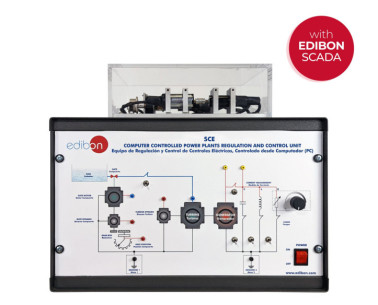FÜR WEITERE INFORMATIONEN, KONTAKTIEREN SIE UNS
10.1.- THEORETISCH - PRAKTISCHE GRUNDLAGEN
Die automatische Steuerung ist der Zweig der Technik, der für die Regelung des Betriebs von Geräten, Prozessen oder ganzen Anlagen verantwortlich ist, wobei eine Reihe von Geräten und Mechanismen verwendet wird, die als Steuerungssystem bezeichnet werden. Steuerungen wirken auf den Eingang des Systems (Aktor), ohne den Wert des Ausgangs zu berücksichtigen. Im Gegensatz dazu basieren Regelstrecken auf der Rückmeldung (Feedback) der zu regelnden Größe (Regelgröße). Bei diesen Systemen misst ein Sensor die entsprechende Größe und mittels eines Reglers wird der Messwert mit dem Sollwert (Referenzsignal) verglichen. Abhängig von der im Vergleich erhaltenen Differenz (Fehler) wird eine Aktion an der Steuergröße (Stellgröße) durchgeführt. Die Elemente von Steuerungssystemen und ihre Beziehungen werden durch ein Blockdiagramm definiert.
Mehr sehenDie klassische Regelungstheorie legt zwei wichtige Schritte für den Entwurf einer geeigneten Regelstrategie fest: die Identifikation des Systems und die Definition des Regelalgorithmus. Bei der Identifikation basieren die am häufigsten verwendeten Methoden auf der Analyse des Zeitverhaltens des Systems (Reaktionskurvenmethode), auf der Analyse des Frequenzgangs (Bode-Diagramm) oder auf der Gewinnung eines mathematischen Modells auf Basis der Laplace-Transformation. Je nach dem erhaltenen Systemmodell (z. B. ein System erster Ordnung, ein System zweiter Ordnung oder ein Integrator) und den zu erfüllenden Spezifikationen (eine bestimmte Spitzenzeit im geschlossenen Regelkreis, eine bestimmte Zeitkonstante usw.) wird eine geeignete Regelungsstrategie vorgeschlagen, unter denen die PID-Regelung (Proportional-Integral-Derivativ) und die auf dieser Regelungsart basierenden Regelungen (Kaskadenregelung, multivariable Regelung, Vorwärtsregelung, selektive Regelung usw.) sowie Phasenvoreilungs- und Phasenverzögerungskompensatoren hervorstechen.
Aufgrund der Vorteile von Regelsystemen werden neue Identifikationsmethoden und fortschrittliche Regelalgorithmen untersucht. Einige Beispiele sind ARM-, ARMAX- und Kleinste-Quadrate-Identifikationsmethoden, adaptive Regelung, prädiktive Regelung und Fuzzy-Regelungsalgorithmen.
Siehe Produkte Cookie-Präferenzen
Cookie-Präferenzen

